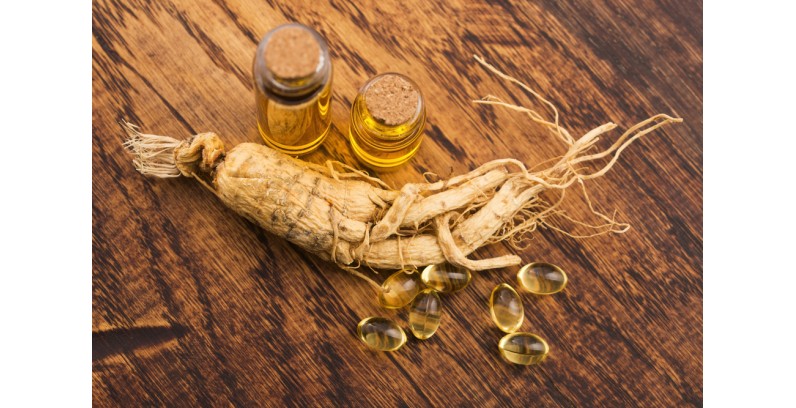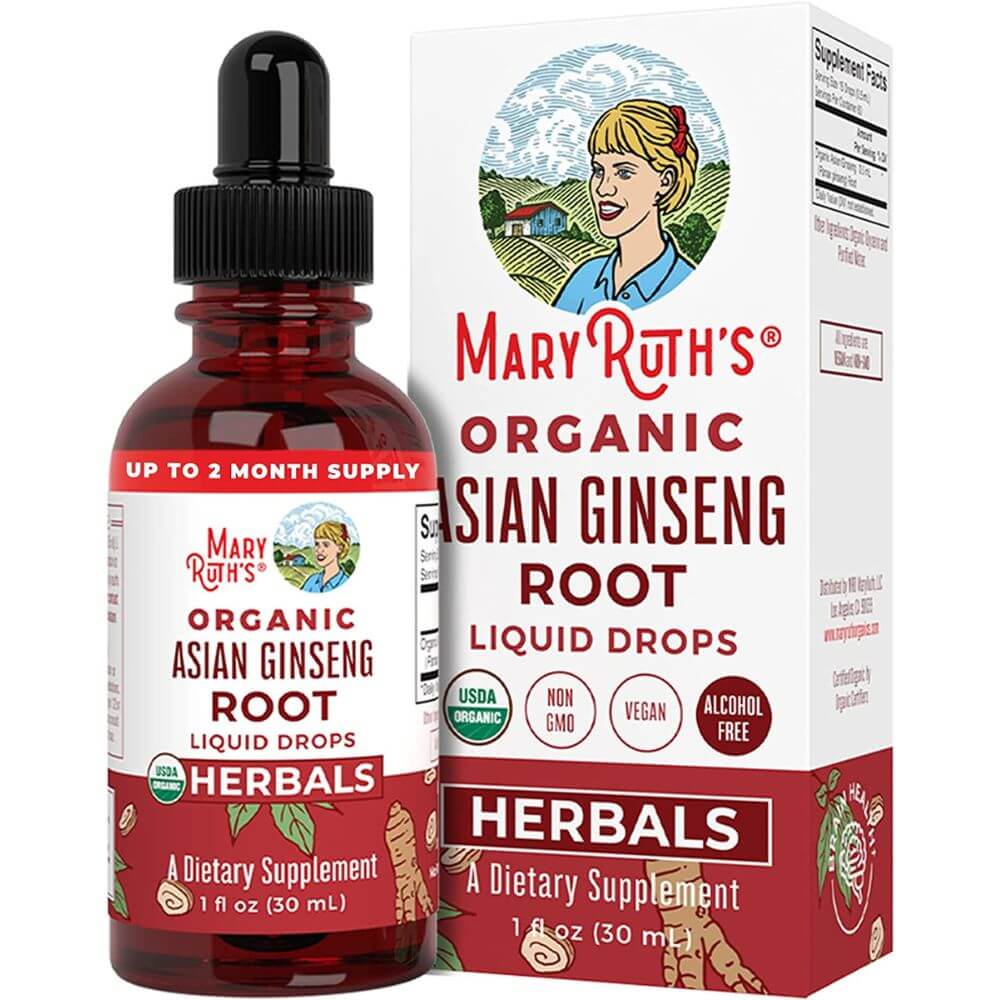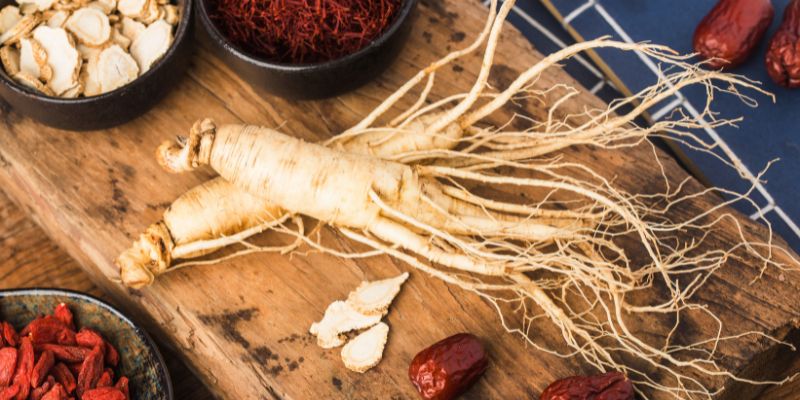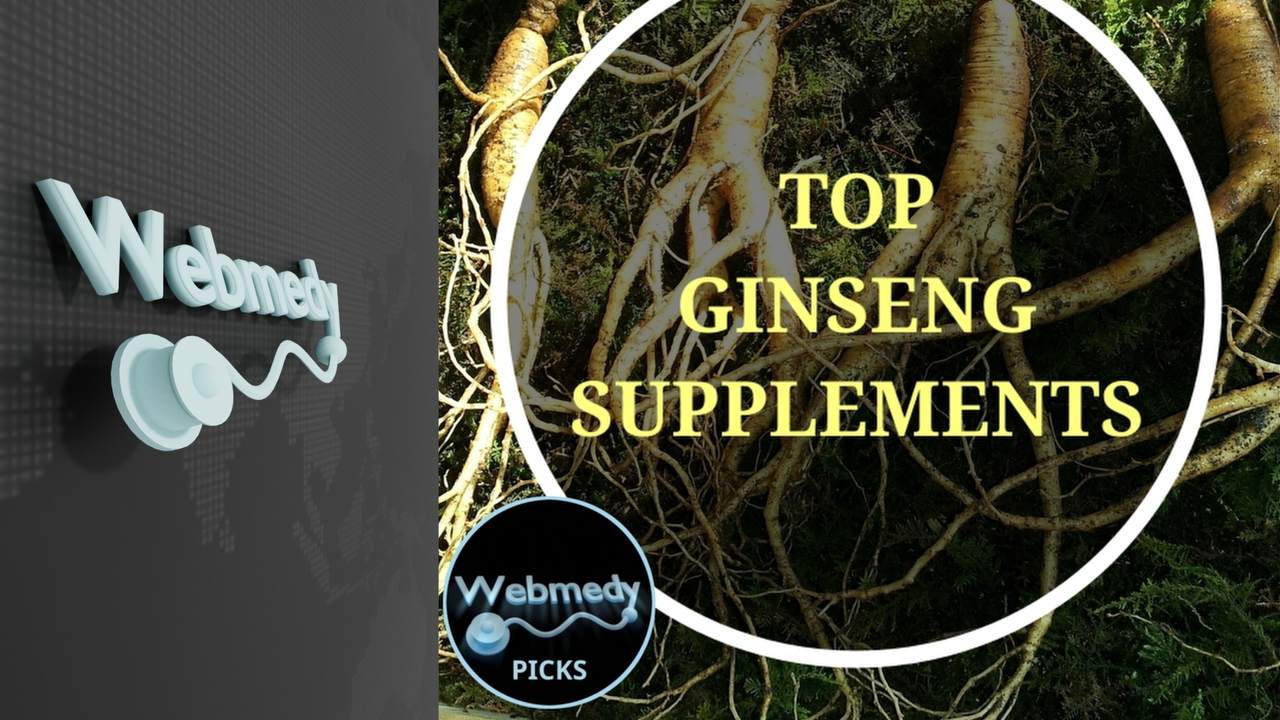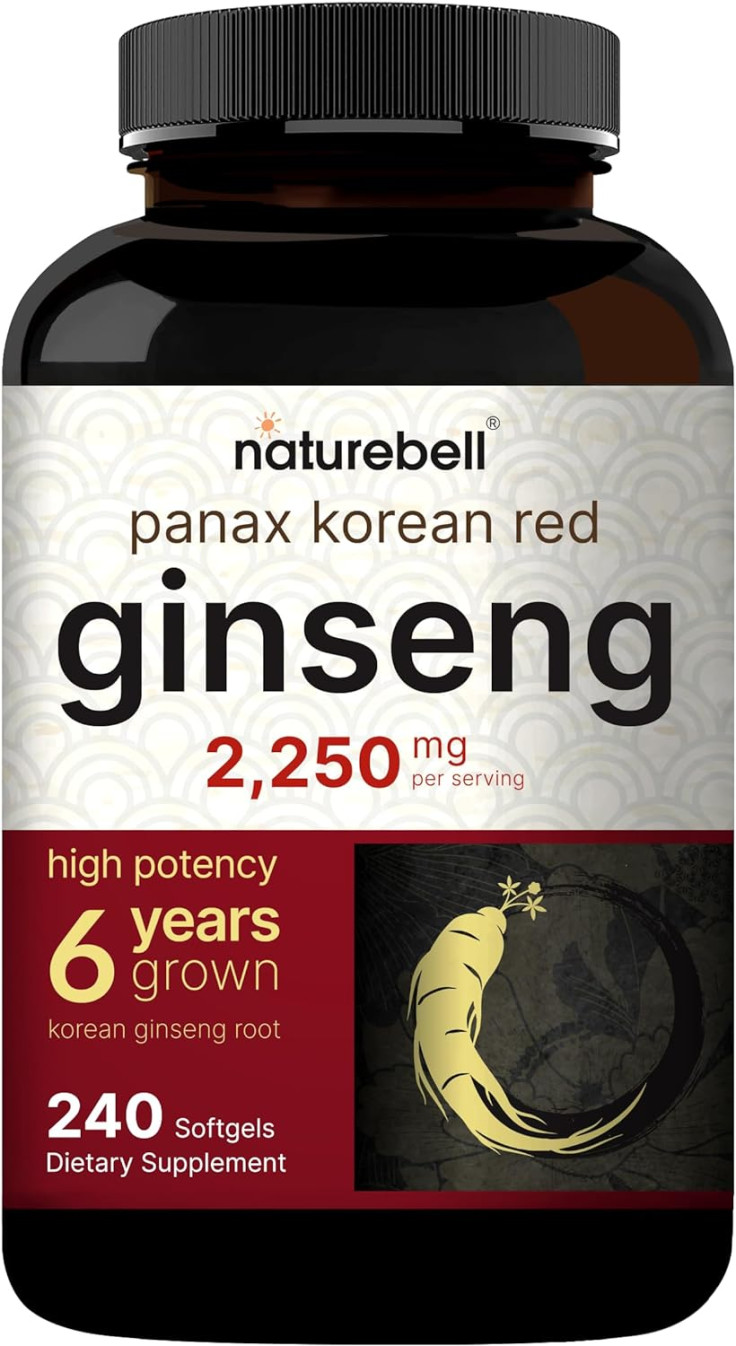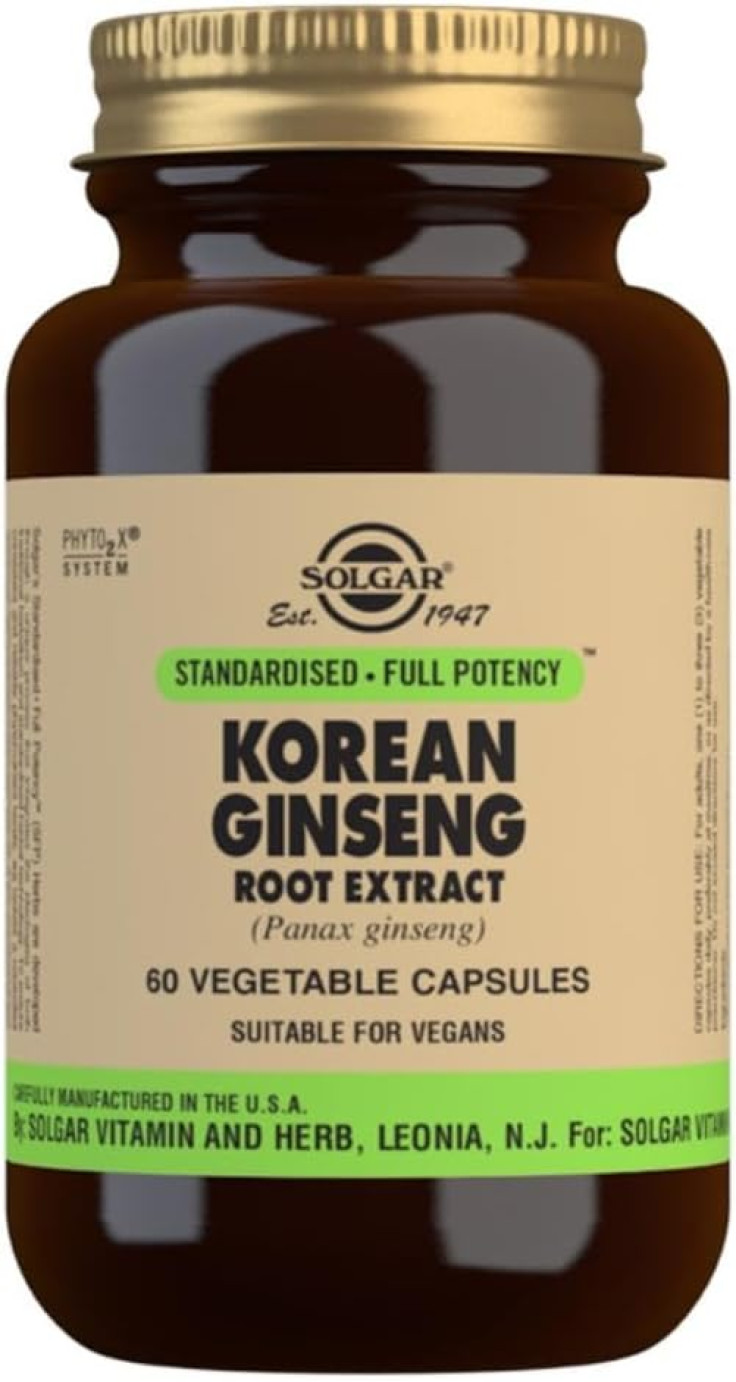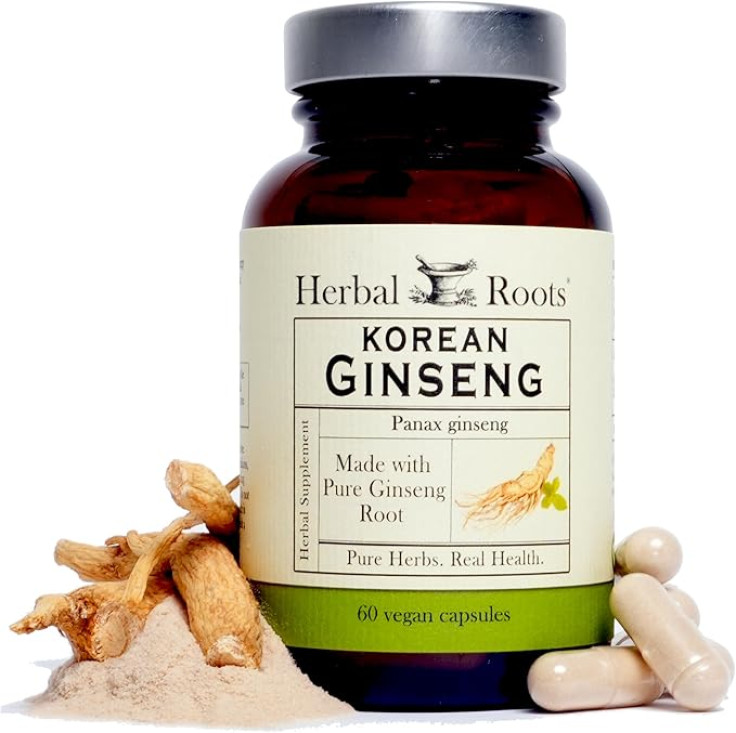The Best Ginseng In The World

For centuries, ginseng has been revered in traditional medicine, lauded for its purported health benefits ranging from boosting energy to enhancing cognitive function. But with a global market flooded with various types and qualities, the question remains: where does the world's best ginseng originate?
This article delves into the complexities of ginseng cultivation and quality, exploring the factors that contribute to its potency and reputation, while examining the ongoing debate surrounding the "best" ginseng and its impact on consumers and the agricultural industry.
The Roots of the Debate
The term "ginseng" broadly refers to plants of the genus Panax, with two primary types dominating the market: Panax ginseng (Asian ginseng) and Panax quinquefolius (American ginseng). Both species are prized for their roots, which contain active compounds known as ginsenosides, believed to be responsible for their therapeutic effects.
Determining the "best" ginseng is subjective, largely depending on individual needs, preferences, and the specific health benefits sought.
However, certain regions and cultivation practices are consistently associated with higher quality and more potent ginseng.
Korean Ginseng: A Longstanding Legacy
South Korea has cultivated ginseng for over a thousand years, establishing a reputation for producing some of the most highly regarded ginseng in the world.
The country's climate, soil conditions, and traditional cultivation methods contribute to the distinctive quality of Korean ginseng, particularly that grown in the Geumsan region.
According to a report by the Korean Ginseng Corporation, Geumsan ginseng benefits from the region's unique microclimate, characterized by warm days, cool nights, and abundant rainfall.
Red Ginseng: Processing Matters
Korean ginseng is often processed into red ginseng, a method involving steaming and drying the root.
This process is believed to enhance the concentration of certain ginsenosides and improve its shelf life.
Research published in the Journal of Ginseng Research suggests that the steaming process can also increase the bioavailability of ginsenosides, making them more readily absorbed by the body.
American Ginseng: A North American Treasure
While Korean ginseng dominates the Asian market, American ginseng, primarily grown in the United States and Canada, holds its own in terms of quality and demand.
Wisconsin, in particular, is renowned for producing high-quality American ginseng, thanks to its fertile soil and favorable growing conditions.
The Wisconsin Department of Agriculture, Trade and Consumer Protection highlights the state's rigorous quality control measures, ensuring that Wisconsin-grown ginseng meets stringent standards for ginsenoside content and purity.
Wild vs. Cultivated: A Matter of Potency
Another key factor influencing ginseng quality is whether it is wild-harvested or cultivated.
Wild ginseng, found in its natural habitat, is often considered more potent due to its slower growth rate and exposure to diverse environmental factors.
However, wild ginseng is also scarce and expensive, making cultivated ginseng a more accessible option for most consumers.
Ethical concerns surrounding the sustainability of wild ginseng harvesting are also a growing concern, prompting increased efforts to promote responsible cultivation practices.
Navigating the Market: Key Considerations for Consumers
Given the complexities of the ginseng market, consumers should exercise caution when choosing ginseng products.
Look for products that specify the type of ginseng (e.g., Korean red ginseng, Wisconsin American ginseng) and the ginsenoside content.
Third-party certifications, such as those from organizations like the U.S. Pharmacopeia (USP), can provide assurance of product quality and purity.
It is also advisable to consult with a healthcare professional before taking ginseng, especially if you have any underlying health conditions or are taking medications.
The Future of Ginseng: Sustainability and Innovation
The future of the ginseng industry hinges on sustainable cultivation practices and ongoing research into its potential health benefits.
Efforts are underway to develop more efficient and environmentally friendly farming methods, as well as to explore the therapeutic applications of different ginsenosides.
Ultimately, the "best" ginseng remains a matter of personal preference and specific health needs, but informed consumers can navigate the market with confidence by understanding the factors that contribute to its quality and potency.

